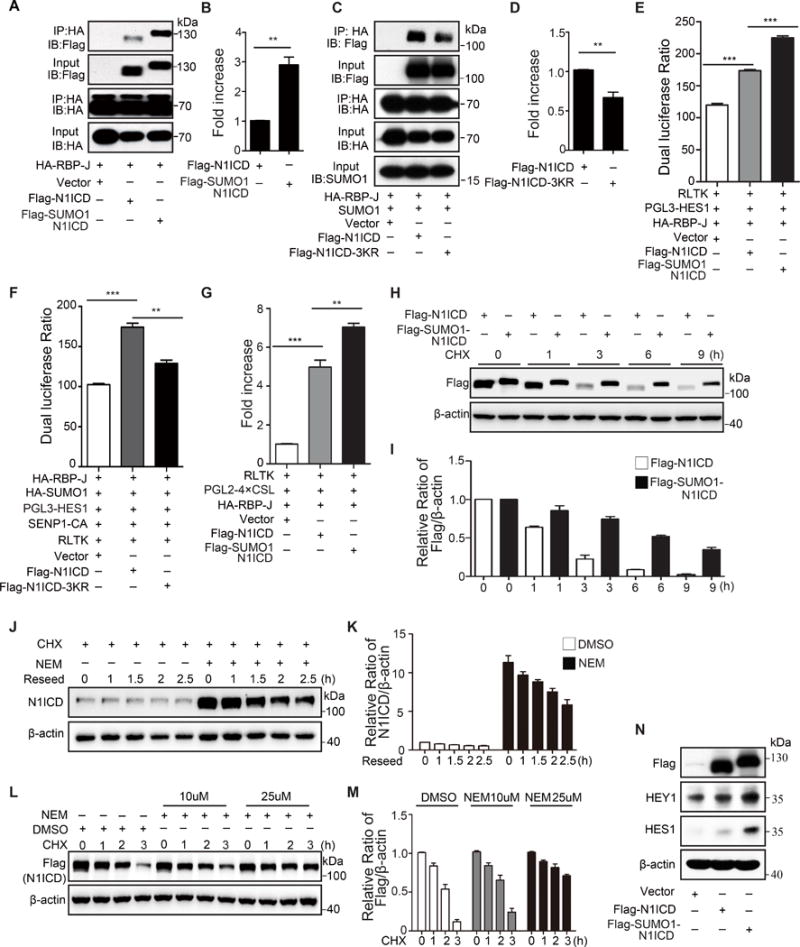Figure 5. SENP1 mediated N1ICD SUMOylation reinforces N1ICD co-transcriptional activity and protein stability.

(A, B) RBP-J binding association with N1ICD or SUMO1-N1ICD (fusion protein mimics constant N1ICD SUMOylation) in transfected 293T cells. RBP-J (HA) was immunoprecipitated (IP) from the cell lysate followed by immunoblotting (IB) for N1ICD (Flag), SUMO-N1ICD (Flag), and RBP-J (HA). (A) Representative image of co-immunoprecipitated proteins in the complex and (B) quantification of the IP protein (n=3, biologically independent experiments; unpaired t test; bars are mean ± s.e.m.). (C, D) RBP-J association with N1ICD or N1ICD-3KR mutant in transfected 293T cells with SUMO1 overexpression. RBP-J (HA) was IP then IB for N1ICD (Flag), N1ICD-3KR (Flag), and RBP-J (HA). (C) Representative image of co-immunoprecipitation. (D) Quantification of the IP proteins. (E, F) HES1 and (G) CSL luciferase activity in 293T cells transfected with Flag-N1ICD, Flag-SUMO1-N1ICD or Ad-N1ICD-3KR. (H-M) SENP1-mediated SUMOylation preserves the N1ICD stability. (H, I) Measurement of N1ICD or SUMO1-N1ICD protein stability in transfected 293T cells using a cycloheximide (CHX) half-life assay; (J, K) endogenous N1ICD stability in HUVEC with or without NEM treatment; and (L, M) exogenous N1ICD stability in 293T cells with or without NEM treatment. (N) IB of NOTCH target genes, HES1 and HEY1, in HUVEC infected with Ad-N1ICD or Ad-SUMO1-N1ICD. The data represent 3 biologically independent experiments. Statistical significance was calculated in an unpaired t test; Bars represent mean ± s.e.m. where *, p≤0.05; **, p≤0.01; ***, p≤0.001.
